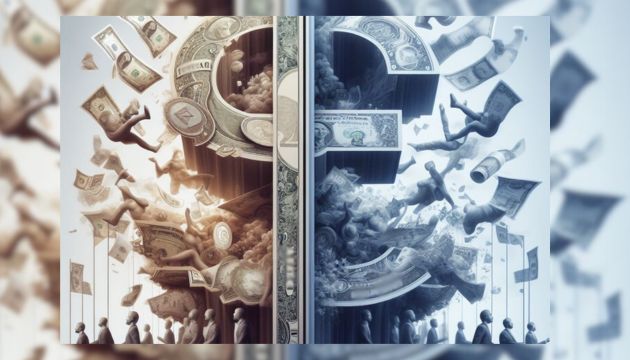By Shahzada Ahsan Ashraf
It is by now obvious that the party pooper in the country is inflation. Not only does it refuse to go away, but all other policies are directed towards normalizing it. It’s a global problem, with most economies prioritizing inflation over economic growth.
Impact on FX:
When the Rupee depreciates, it adds to the imported inflation component. To avoid this, a policy of a stable to stronger local currency has been adopted. This is part of the established ‘reverse currency wars’ we have written about earlier, with the objective to keep a lid on inflation.

The fiscal year started with USDPKR at 286. Judging by historic trends, an annual depreciation of 7-10% is typical, which supports the exporters and maintains REER near par. This would imply that June-end closing rates would be around 310/$. As of today, the Rupee is actually stronger by around 2%, and depreciation looks unlikely.
The new incoming government is unlikely to rock the boat unless inflation cools down significantly. Consequently, the Rupee is headed towards a soft close by June 24 end.
Exporters, who are now fiercely competing global manufacturers, and also facing domestic conditions like escalating cotton prices, energy, and labor costs, are taking the extraordinary risk of selling dollars forward to hedge their sales and give competitive prices. Though there is a slowdown in forward booking, it is still being done by larger exporters.
There also seems to be a concerted effort to keep swap premiums high amidst declining interest rates to support forward selling. SBP’s aggregate swap positions have reduced to $3.2bn from $4.5bn on June 23.
The stable currency has prompted higher trading numbers, business confidence, a robust stock exchange, and an inflow of portfolio investment. Month-to-date inflows are around $46 million, with about $19 million coming through the purchase of T-Bills by foreign investors.
Impact on Policy Rates:
In a poll conducted by Tresmark, 83% of participants do not expect any rate change in the upcoming MPC on January 29. In fact, the majority think there will not be any rate cut for another 2 months.
Here too, the party pooper is to blame. While the SBP has projected inflation to come down drastically, the revision in energy prices and fuel prices will keep inflation at elevated levels.
Turkey’s Inflation Problems:
Turkey increased its interest rates from 42.50% to 45%. Please read that again – 45%! And yet, its inflation has increased MoM and now soars to 65%. Part of their inflation problem is the spiraling currency. In spite of all the adjustments, Lira continues to fall, hitting an all-time low of 30/$ last week.
One of the main consequences of this devaluation is inflation – and lots of it. It is evident that since the people don’t trust the currency, any practical amount of rate hikes will not have a substantial impact.
Perhaps, they should look into reverse currency wars and find a way to strengthen their currency to address runaway inflation.
(The writer is a Former Chairman and Managing Director PIA, Former Federal Minister of industries and production)














